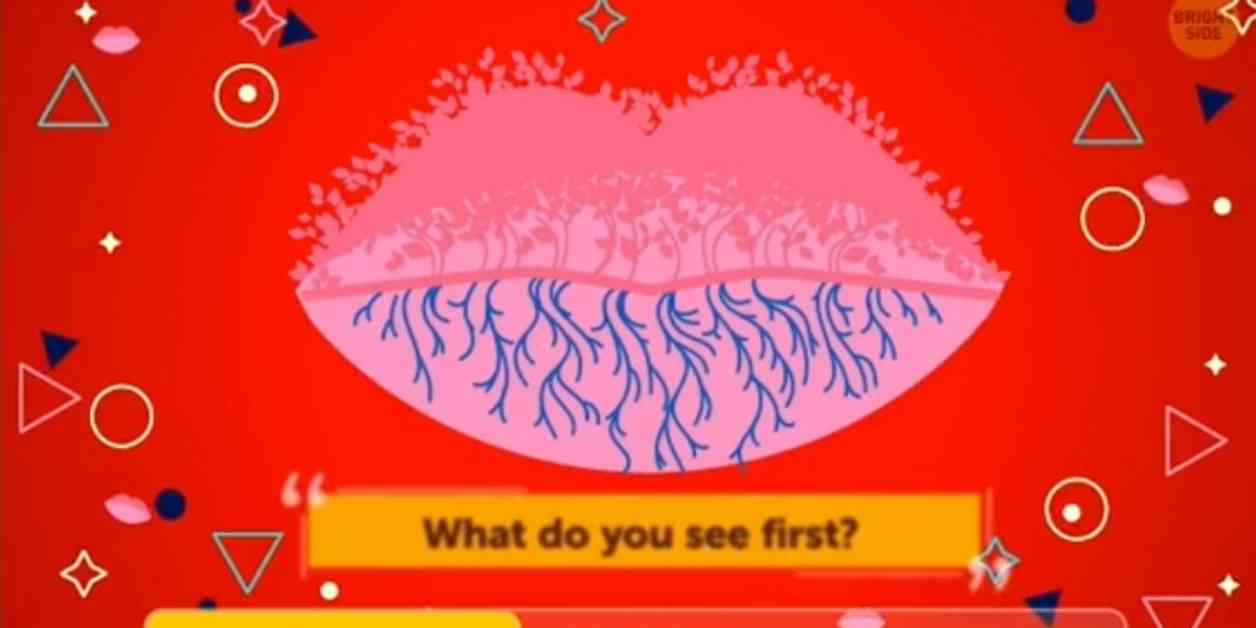Delving into the History of Optical Illusions
Optical illusions have captivated human curiosity for centuries, with ancient Greeks such as Plato, Epicharmus, and Protagoras delving into theories about why we perceive these visual tricks differently. Plato believed that our minds play tricks on us when confronted with optical illusions, while Epicharmus argued that our senses deceive us. Protagoras took a different approach, suggesting that the environment in which an optical illusion is viewed influences our perception more than our senses. These ancient theories laid the groundwork for our modern understanding of how optical illusions shape our perception.
The Rise of Optical Illusions in Popular Culture
In recent years, optical illusions have experienced a resurgence in popularity, particularly on social media platforms like TikTok. A series of viral illusions shared by TikTok user @themoreyou has sparked widespread fascination, prompting viewers to examine their own mental stability and worldview. These illusions challenge viewers to identify what they see first, offering insights into their personality traits and thought processes. Whether it’s spotting lips, trees, words, locks, or hidden messages, these illusions provide a unique glimpse into how individuals interpret visual stimuli.
Decoding the Hidden Meanings of Optical Illusions
The interpretations of optical illusions can reveal underlying aspects of our personalities and thought patterns. For example, if you see lips first in an illusion, you may be considered a straightforward person who takes others at face value. Spotting trees first could indicate ambition and a proactive mindset, while identifying the word “good” before “evil” suggests an optimistic outlook. Similarly, noticing a lock may signify a desire for exploration and pushing boundaries, whereas seeing a crying person might signal a need for relaxation and introspection. By analyzing these visual cues, we can gain valuable insights into our subconscious preferences and tendencies.
Optical illusions serve as a fascinating window into the complex workings of the human mind, offering clues about our perceptions, emotions, and cognitive processes. With their ability to challenge our senses and spark introspection, these visual puzzles continue to captivate audiences around the world. As we unravel the mysteries of optical illusions, we gain a deeper understanding of how our brains interpret reality and shape our perceptions.













